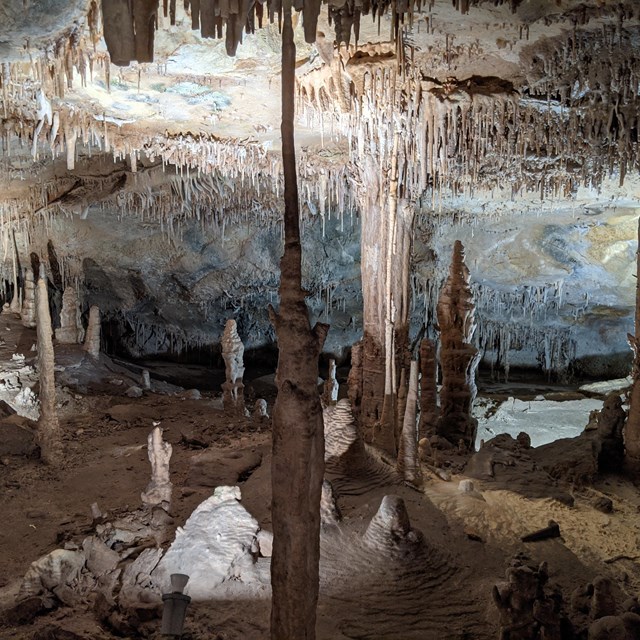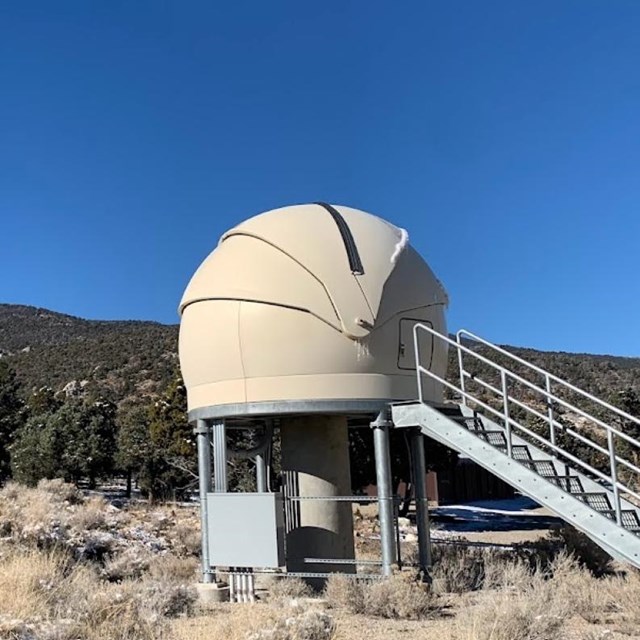
NPS / Jennifer Bailard Scientific research is key to protecting the natural and cultural wonders of our national parks. To make sound decisions, park managers need accurate information about the resources in their care. Park staff collect data on the resources they manage, and they also rely on the research of scientists from other organizations. The application of knowledge gained through science is essential for effective park management. A few examples of management applications of science in Great Basin National Park include:
With warming temperatures and more extreme weather events, which may range from drought one year to flooding another year, it is more important than ever to track changes occurring in national parks and use this information to make management decisions, share information with the public, and provide for safe and enjoyable park visits. Science and Resource Management
Quick Reads |
Last updated: November 26, 2024






